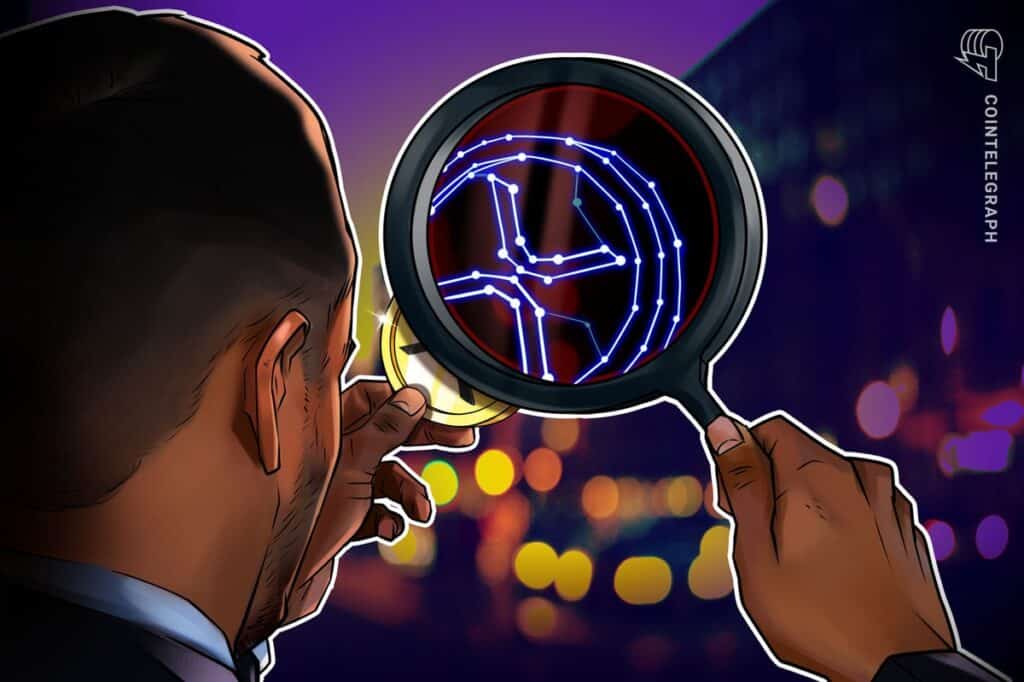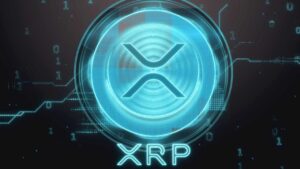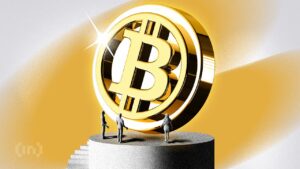XRP Clawback Approaches 100% Consensus – Will ‘Reversible’ Transactions Increase Value?

The XRP community is supporting the clawback proposal set to go live on the XRP Ledger (XRPL) on February 8, 2024. This proposal received overwhelming approval, with 94% of the unique auditors voting for it.
XRP Ledger Clawback Update Flag Set!
The bookie has now set an ETA for activation.
It's all in this together guys… pic.twitter.com/Sn2s67YmTk
— Vet ☠️ (@Vet_X0) January 25, 2024
What is XRP's Clawback Feature?
The clawback feature aims to provide issuers with improved control over their distributed assets. For example, it allows issuers to “reclaim” funds from associated accounts in situations such as lost account access or fraudulent activities. The official statement explains:
For regulatory purposes, some issuers must have the ability to recover issued tokens after they have been split into accounts. For example, if an issuer discovers that tokens have been sent to an account authorized for illegal activity, the issuer may recover or refund the funds.
Ripple's Chief Technology Officer David Schwartz explained that the Clawback feature allows token issuers to withdraw a certain amount of tokens from current holders. In doing so, it resolves legal disputes and complies with court orders.
… one more detail. While it's true that you can't really do anything with clawback that you can't do with cold, in fairness it's worth analyzing one legitimate objection people might have to this behavior.
Cooling is all or nothing. Clawback is more of a surgery. If you think…
— David “Joel Katz” Schwartz (@JoelKatz) October 2, 2023
The clawback feature is already different from the freeze feature in XRPL, Schwartz explained. Without it, organizations may be forced to freeze all assets, causing significant disruption and financial loss.
Related: Reversible blockchain transactions are key to fighting crime in crypto.
However, as with any significant improvement to the blockchain protocol, the clawback feature has its pros and cons, which will affect the value of XRP in the short and long term.
advantage
Michael McCaffrey, business developer at asset token company Sologenic, highlights the benefits of incorporating the clawback feature into the XRPL blockchain.
Stablecoin Integrity: Enables the recovery of funds in the event of security breaches or fraud without the need to completely close the pools Compliance with regulatory rules on cross-border transactions: Enables selective reversal of transactions involving tokenized assets affected by sudden regulatory changes Asset management Risk-backed tokenization: Allows token issuers to return tokens and It allows them to re-emerge, conveniently where market failures affect the value of real-world assets.
[11/17] Stablecoin increase
With the clawback feature, major stablecoin providers like Circle #USDC may consider joining XRPL.
This move breathes new life into XRPL adoption and paves the way for “decentralized” bridges!
The possibilities are endless!
— DeXfi (@dexfi_pro) September 18, 2023
Being able to carry out “surgical strikes” by picking up specific assets without affecting the wider ecosystem in general is a boon to compliant institutional investors. This targeted dispute resolution approach minimizes the risk of legal disputes and maintains the integrity of the system.
Cons
By making Bitcoin (BTC) blockchain transactions irreversible by design, the reintroduction of traditional banking tools makes XRP more like a fiat currency than a “decentralized” ledger.
Any feature that allows for centralized control of assets carries the risk of misuse. And the basic criticism of Clawback's behavior is the same, for example:
User autonomy: A clawback feature allows providers to interfere with users' possessions. Complexity and User Confusion: Implementing such a feature adds complexity to XRPL, especially for users with limited technical knowledge.
However, the majority of XRPL validators brushed aside these potential drawbacks, with 33 out of 35 unique nodes voting to integrate clawback into XRPL.
Ripple will add a “Clone Back” function to their XRP random software ledger and call it a “Feature”.
Without being an apolitical, faithless, fickle book…
It can never be good money #bitcoin ≠ “crypto” pic.twitter.com/iE0yefbZlk
— Richard “Dick” Whitman (@GhostofWhitman) January 31, 2024
Will clawback affect XRP price?
On the one hand, improved regulatory compliance and increased trust could attract more institutional investment into XRP, potentially driving up its value. On the other hand, concerns about abuse and the impact on consumer autonomy can lead to negative market sentiment.
Historically, retail investors have often overlooked how features like clawbacks that introduce middlemen can affect market volatility.
For example, blockchains such as Ethereum (ETH) and Stellar (XLM) allow parties to alter or modify transactions under certain circumstances. Since their prices have performed well in the market, however.
Therefore, the impact of clawback behavior on the price of XRP is speculative. This is reflected in the chart below, where the cryptocurrency's price survey leading up to the introduction of the clawback feature on February 8th shows a standstill indicating a lack of strong interest from traders.

Technicals, however, suggest that a jump above the resistance consolidation may be in play. Breaking this line is important as long-term weekly trend line support and the 200-week exponential moving average (200-week EMA; the blue wave) are present.
On the contrary, the XRP charts have been flashing several bearish signs that will lead to a decline to $0.34 in the coming weeks.
This article does not contain investment advice or recommendations. Every investment and business activity involves risk, and readers should do their own research when making a decision.














